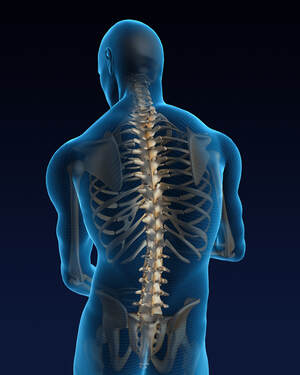|
Lake Shore Chiropractic "Back Blog" - Dr. Robert Isbrandt - |
|
ALL ABOUT A CHIROPRACTIC ADJUSTMENT!
What is it? A chiropractic adjustment is a short, quick force applied to a joint to correct a misaligned vertebrae (subluxation), increase range of motion, release tension of a muscle or pressure on a nerve (or sometimes all of the above). How is it performed? There are many ways that an adjustment can be performed and be successful. The most common we see in practice is what we call a High Velocity Low Amplitude (HVLA) adjustment. An HVLA adjustment is a quick and sudden force applied to the joint(s). There are also more gentler ways to perform the same outcome, such as with Flexion Distraction Therapy (or decompression), Drop Table Technique, Activator Technique, and Mobilizations. What causes these misalignments? Your spine and vertebrae are protected by numerous muscles, ligaments, disc’s, to help stabilize your joints and maintain flexibility. This flexibility helps you to move properly. Certain factors inhibit this ability, such as: being in a motor vehicle accident, sudden falls or other major trauma/injury, poor posture, repetitive wrongful motions, genetic deformities (such as scoliosis), among others. Do I need to hear the “crack” noise? This is a common misconception in our profession. First off, this noise is what we call cavitation. A cavitation occurs simply when gas is released from a joint during a chiropractic adjustment (similar to when someone is to crack their knuckles and you hear a “pop”). While the cracking noise can be very fulfilling to hear, it is not a sign that an adjustment is successful or not. Will it hurt? This is something that differs patient to patient and based on numerous factors. The overwhelming majority of people feel minor discomfort and soreness associated with chiropractic adjustments. This discomfort and soreness can last for a few minutes, to up to a day or two. However, the pain is usually different and less intense than what you originally came in for. Using ice, moist heat and stretching following an adjustment can be a great way to help reduce any side effects.
0 Comments
Leave a Reply. |
AuthorDr. Robert Isbrandt Archives
January 2024
Categories |



 RSS Feed
RSS Feed